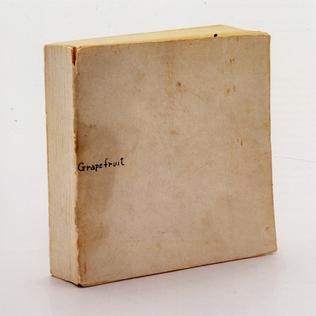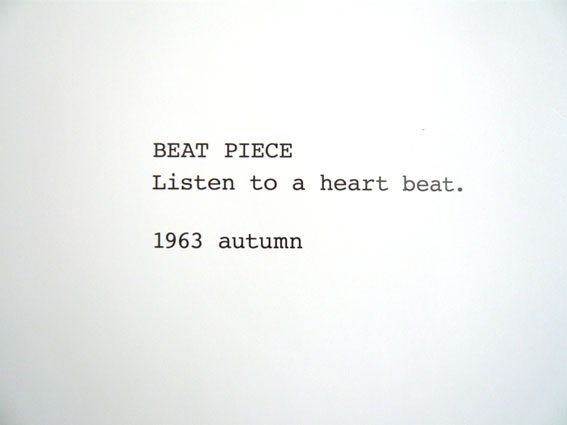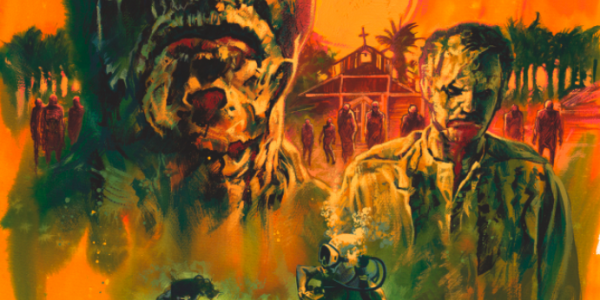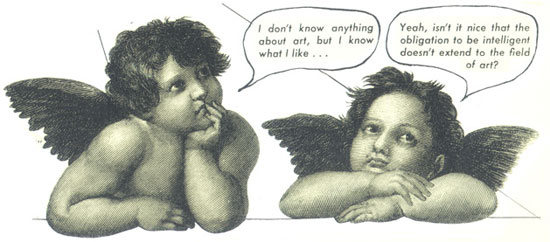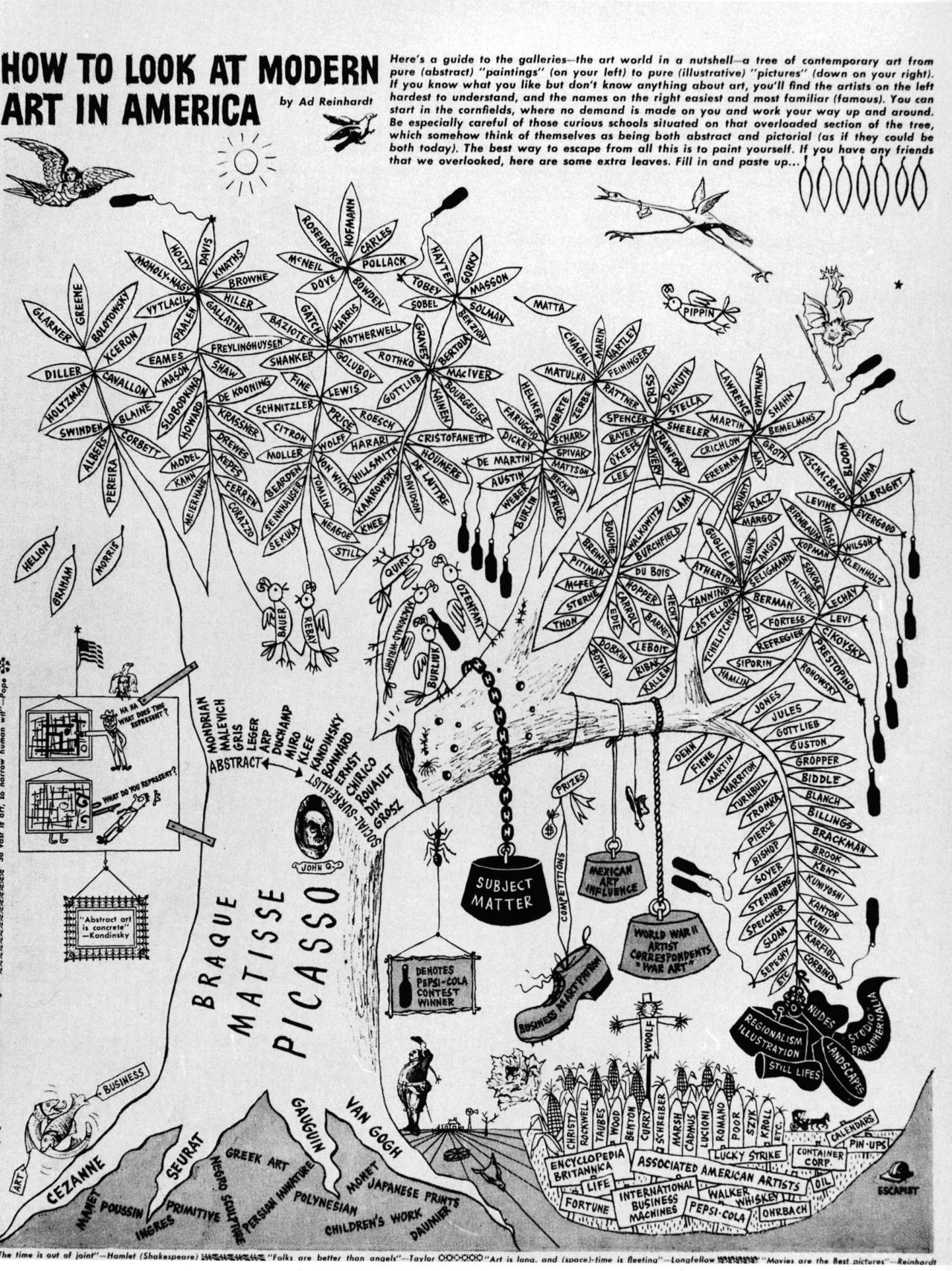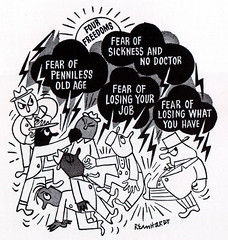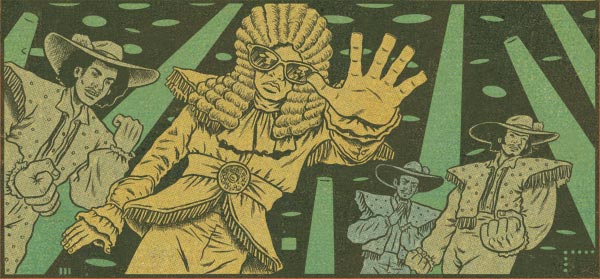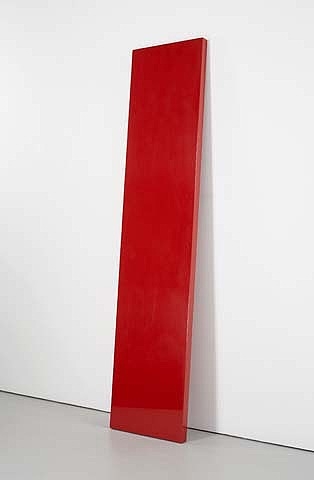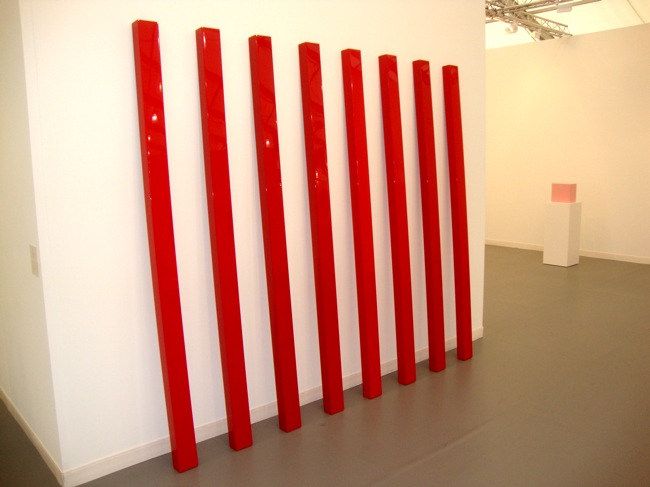Zeitkratzer is an ensemble of improvisation - and new music , which in Berlin is located. The composite formation of international soloists playing together since 1997. She has performed at numerous European festivals and has partially presented by the criticism highly regarded albums.
The ensemble whose musicians are trained not only in the new and improvised music, but also expertise in the areas of noise , pop and folk possess is noticed with unorthodox projects since its inception. This includes his adaptation of Schoenberg's
Pierrot Lunaire and Lou Reed's guitar feedback -piece
Metal Machine Music.
http://de.wikipedia.org/wiki/Zeitkratzer via Google Translate
zeitkratzeris sound made visible, tangible, bodily – a truly unforgettable corporal experience of live music. The physicality of sound is celebrated through extended instrumental techniques, mutual understanding and amplification of traditional instruments. A midpoint between instrumental and electronic music turns out to be more bizarre and surprising than either of these. It will make you expect more from music than you did before!
zeitkratzeris a perverse subversion of musical genres. Keiji Haino meets Karlheinz Stockhausen meets Whitehouse meets Terre Thaemlitz meets Iannis Xenakis meets Lou Reed. The joy of the intensity of sound crosses all borders and brings these musics together into zeitkratzer's plain of complex textures. A challenge to both composers and non-academic noise-makers thrown by the most talented performers, improvisers, sound artists and composers around.
http://www.zeitkratzer.de/about.html ![]()
Metal Machine Music? Actually, it's more "European Son" or "I Heard Her Call My Name," a frozen moment from either (or some other) plucked off the stereo and dangled in perpetuity for as long as anyone will listen. But, if you think the Metal Machine double album was unlistenable, the sound of one man and his electronic noise box, then the live performance will drive you to distraction, because there are 13 of them up there making the noise, and though Lou Reed and Mike Rathke are certainly among them -- well, like the original album, you'd scarcely know it from listening, although the accompanying DVD, raw footage and deafening sound, shows you how broadly Lou is smiling. If you love the machine, this is incredible. Violin is the dominant instrument, but every different frequency, every pulse and squeak and barely audible burble is recaptured by a different hand. German avant-gardists Zeitkratzer are the brains behind the rebuilding, and they know their metal music well enough to recast it as a primarily acoustic performance, re-creating the peaks and troughs of the original soundscape and even drawing in those fabulous sequences where you think...you're sure...you'd almost swear...that there are actual snatches of music dancing in the distance, backwards classics and the ghosts of riffs. In fact, the only failing that immediately comes to mind is that the live performance is about 15 minutes shorter than the original album. But there are some folk who might call that a blessing.
Dave Thompson
http://www.allmusic.com/album/metal-machine-music-live-at-the-berlin-opera-house-mw0001989803 John Doran: Where you aware of Zeitkratzer before they started work on a classical version of MMM?Lou Reed: I'd heard of them but I wasn't deep into them but the saxophonist and gentleman who was going to transcribe it, Ulrich Kreiger, got in touch with me and asked if they could perform it and whether he could transcribe it and I said that I didn't think it could actually be done. And he said: 'Sure it can. And I'm the guy to do that'. So he said let me do five or ten minutes and let me see what you think and they did and I was... amazed by what he could do and what they could do.
Did you recognise it as being identical to the noises that you heard when you last heard the album?LR: Oh yeah, they nailed the opening it was pretty amazing how they could do that. I had been listening to it a little bit because I had done a remastering job because it was being reissued somewhere and Bob Ludwig who had done the original record did the remastering so I was familiar with the little details.
I take it you've actually seen the physical score?LR: His transcription I think is a work of art and should be released as such. I wanted to have it printed. It's just too good. These days there are some insanely talented young guys out there. They're... wow! Their writing chops and computers, it's amazing what these guys can do. Ulrich's a sax player!
I presume it must be quite strange looking at something that was obviously quite free when it was recorded in the form of strict musical notation?LR: However he did it, it's amazing. They're using all analogue instruments. Pretty startling, making notations of harmonics, that's pretty amazing.
http://thequietus.com/articles/04037-lou-reed-interview-metal-machine-music When Zeitkratzer told Reed they could play
MMM live, Reed said it couldn't be done. But when he heard a few minutes of the resulting music, he not only believed it, he agreed to play with the group live at the Berlin Opera House. The resulting 2002 concert is captured here on CD, and also on DVD, along with an onstage interview with Reed.
Initially, this release reminded me of that highly entertaining Honda Power Of Dreams advert (you can see it on You Tube) in which a large choir faithfully reproduces the sounds of a car being started, driving over gravel, accelerating, cruising, and so on. Close your eyes and you wouldn't know it was a choir rather than a car. Clever, but also a bit pointless—like a dog walking in its hind legs. Why use a choir to copy the sounds of a car? Why use ten musicians to faithfully reproduce the sound of two guitars feeding back?
But gradually, the new album has grown on me. As good a copy as it is, Zeitkratzer's version sounds less
metallic than Reed's original, not surprising given the very different instrumentation. The way in which Krieger's own saxophones, overblown using circular breathing techniques, reproduce the scream of feedback is mightily impressive and could have been the impetus for him to start the transcription. The high pitched whines from the strings are equally effective in evoking feedback. Each of the players contributes to filling in the all-important details; the totality effectively reproduces
MMM's tension between an unchanging overall sound texture and a constantly shifting sound field.
For once, the DVD is not an irrelevant extra included to bulk out the package and hike the price, but a vital part of the experience. To see the musicians all feverishly playing at full tilt in order to produce the music of
MMM is a fascinating sight. The interview with Reed (despite a rather stilted interviewer) is no filler either. It throws light on Reed's current view of
MMM and its history (which may or may not be historically accurate, but is certainly entertaining to hear).
My guess is that
MMM will be remembered far longer than Reed's "Perfect Day or "Walk On The Wild Side . This latest release continues the rehabilitation process.
John Eyles
http://www.allaboutjazz.com/php/article.php?id=26951#.Um6fTSRn9aU














